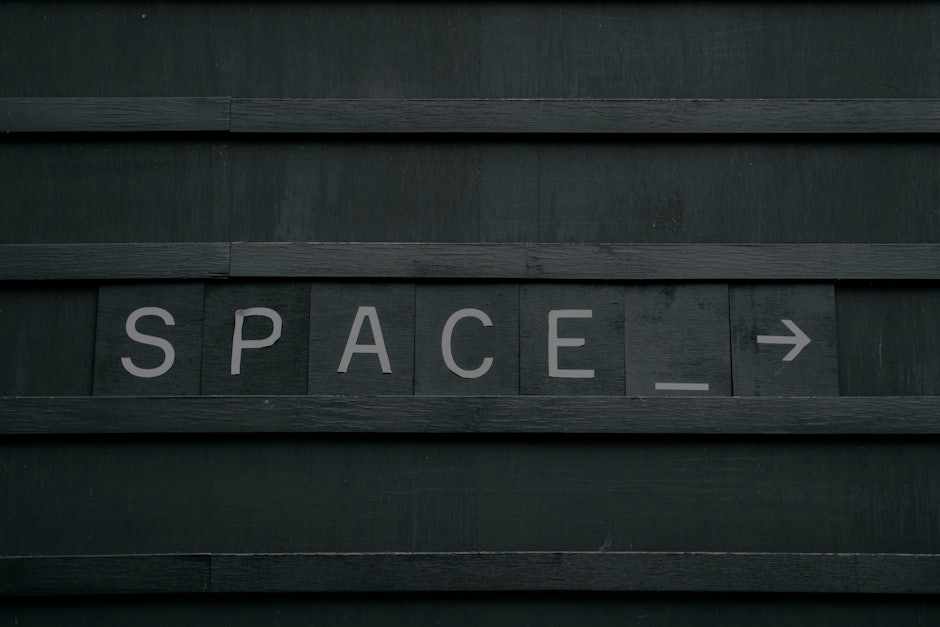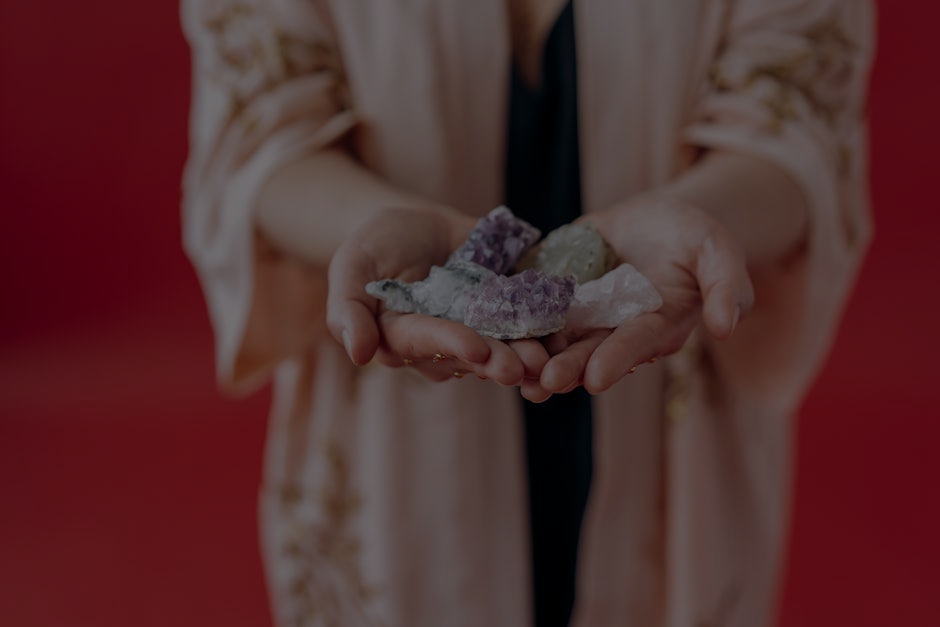**Abstract:**
Explore the vibrant world of feng shui colors and their meanings. This ultimate guide helps you harness the power of colors to enhance your living space and emotional well-being.
Understanding Feng Shui Colors
Feng shui, the ancient Chinese practice of arranging space harmoniously, emphasizes the importance of colors. Each hue resonates with specific energies that influence our lives, surroundings, and emotions. By understanding these meanings, you can create a balanced environment that promotes positivity and well-being. Integrating feng shui colors into your home or workspace can enhance your mood, attract prosperity, and foster relationships.
Red: The Color of Energy and Passion
Red is a powerful color in feng shui, symbolizing energy, passion, and excitement. It’s often used to stimulate the senses and promote vitality. In homes, red can invigorate spaces like the living room or dining area, encouraging lively interactions and joyous gatherings. However, moderation is key; too much red can lead to agitation. Use it in accents or artwork to maintain a harmonious balance.
Blue: The Color of Calm and Trust
Blue embodies tranquility, trust, and communication. It is associated with water, representing serenity and depth. Incorporating blue into bedrooms or meditation spaces can foster relaxation and restful sleep. Light shades of blue encourage openness and clarity in communication, while deeper tones promote introspection. This color is ideal for those seeking to enhance emotional connections and foster a peaceful atmosphere.
Green: The Color of Growth and Renewal
Green symbolizes growth, renewal, and fertility, making it a perfect choice for creating a nurturing environment. It’s associated with nature and vitality, promoting healing and balance. Incorporating plants and green decor can refresh your space and bring a sense of calm. Whether it’s through wall paint or decorative elements, green is a versatile color that can rejuvenate your home and enhance feelings of stability.
Yellow: The Color of Joy and Optimism
Yellow radiates happiness, warmth, and optimism. It’s often linked to the sun, representing positivity and energy. Use yellow in kitchens or dining areas to stimulate appetite and encourage cheerful interactions. However, too much yellow can create anxiety, so balance it with neutral tones. This color is particularly effective in spaces where you want to foster creativity and inspire lively conversations.
Purple: The Color of Spirituality and Luxury
Purple combines the stability of blue and the energy of red, symbolizing spirituality and luxury. It is often used in spaces dedicated to meditation or relaxation, enhancing the atmosphere of introspection. Incorporating purple in your decor can elevate the sophistication of a room while inviting a sense of calm and spiritual awareness. This color is ideal for those seeking to deepen their emotional and spiritual connections.
Black: The Color of Mystery and Protection
Black is often misunderstood; it represents mystery, protection, and potential. In feng shui, black can absorb negative energy and create a sense of security. When used wisely, it can enhance sophistication and elegance in your space. However, too much black can lead to feelings of heaviness. Balance it with lighter colors to maintain a sense of openness and positivity.
White: The Color of Purity and Clarity
White symbolizes purity, clarity, and new beginnings. It can make spaces feel larger and more open, promoting a sense of peace and simplicity. In feng shui, white is often used in areas where clarity of thought and intention is desired, such as home offices or study areas. However, ensure that white is complemented with warm accents to avoid a sterile atmosphere.
Applying Feng Shui Colors in Your Space
To effectively apply feng shui colors in your environment, consider the purpose of each room and the emotions you want to evoke. Start with a color palette that resonates with your personal goals, whether it’s fostering creativity, enhancing relationships, or promoting relaxation. Experiment with different shades and combinations to discover what feels right. Remember, the key to successful feng shui is balance; harmonizing colors can create a nurturing and inviting atmosphere.
By understanding the meanings and applications of feng shui colors, you can transform your space into a haven of positive energy and emotional well-being. Embrace the power of colors to enhance your life and create a harmonious environment that reflects your true self.



